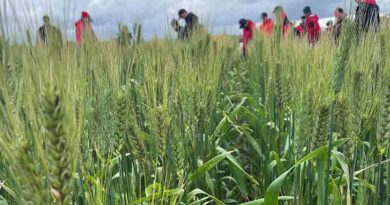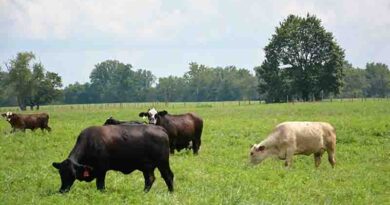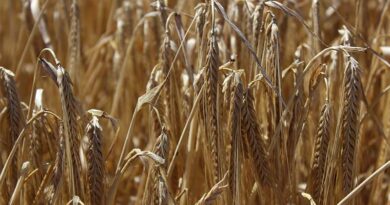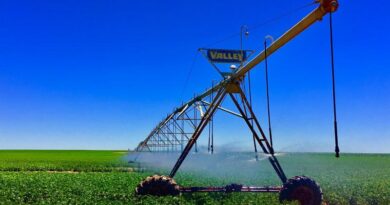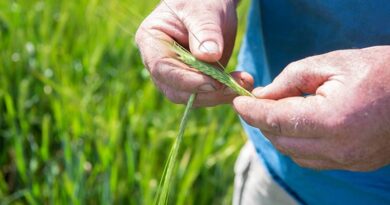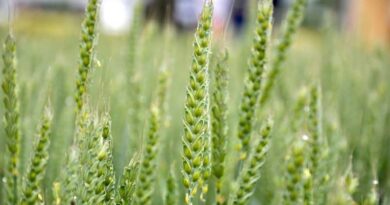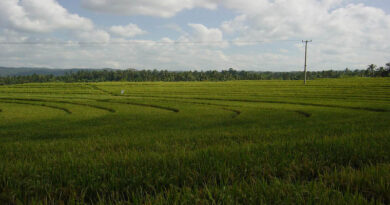Australia: Cropping update – April 2022
- Poor crops in the northern hemisphere last season have put Australian grain in an enviable position of being the major source of grain to the world.
- Unfavourable cropping conditions in China and the US add uncertainty amid high input costs across the globe.
- Rain late in March provided an early sowing opportunity in Western Australia.
16 April 2022, Australia: Local conditions – The Elders Weather outlook forecasts multiple cold fronts across southern and eastern Australia from 18 to 22 April and 4 to 8 May.
The cold fronts are expected to bring widespread rain. In Western Australia (WA), the strongest cold fronts will start from 15 to 19 April and again from 4 to 8 May.
From the field
Western Australia
“Rain at the end of March has provided an early sowing opportunity for many throughout Western Australia (WA). While the rain has been patchy generally everyone has had some.”
“There has been some early sowing of canola, however with delays in seed arriving and some warm days, many have backed off from committing too much. As we move through April everyone will start their program.
“The challenge for many is to balance the sowing opportunity with a well-planned knock down. While the price of Glyphosate has been a point of discussion, it is now the time where the product is now required. Not having a summer spray has been a relief for many.
“Over the next month the focus will be on getting the crop into the ground and established, so all activities will be centred around this. The biggest constraints for growers will be around keeping machinery moving, this is from having staff to operate them to spare parts when they break.” – Bill Moore, Elders Technical Services Manager, Western Australia.
Global market needs Aussie grain
Nathan Cattle from Clear Grain Exchange shares his thoughts on the current grain market in Australia.
The world remains nervous over how it will source grain. This has been the case for some time now, with poor crops in the northern hemisphere last season putting Australian grain in an enviable position of being the major source of grain to the world.
More recently, the Ukraine/Russian conflict has extended those global supply concerns into the latter stages of this year, as the market grapples with the disruption in grain coming from these major suppliers.
On top of this we’re now in the traditionally volatile period of the calendar year for global grain markets.
Northern hemisphere crops are vulnerable to their spring, and everyone is guesstimating what the production could be before it becomes available mid-way through the calendar year.
This year there are a couple of big-ticket items circulating on northern hemisphere production estimates – dry conditions in China, and poor crop conditions in the US.
Underpinning all this is the very high cost of crop inputs. Hence the global market is nervous, and rightly so.
As a result, Aussie grain, where it is currently abundant, is in demand.
Since the start of April, Chicago Board of Trade (CBOT) forward futures (Dec ‘22 and Mar ‘23 delivery) have rallied strongly to now trade at similar levels to the spot month (May ‘22), reflecting the growing uncertainty over northern hemisphere supply. Previously the forward months were trading at a discount as the market expected there would be more wheat in the world by the end of 2022.
Here in Australia, price differences across port zones continue to be extreme in some cases.
This is driven by very localised supply and demand factors impacting price such as quality of grades, availability, buyer needs, and supply chain capacity versus what’s covered.
As an example, wheat warehoused in Geraldton and Esperance (WA) has been trading $30-$50/t above values in Kwinana WA. APW1 in SA ports was reaching $440t port, while Melbourne reached $427/t and Kembla $438/t.
Feed barley continued to make over $400/t in Port Adelaide, while trading $363/t Melbourne and $344/t FIS Kwinana. Canola continues to trade over $1,000/t + oil bonifications across the country.
There is generally demand for most grades in most locations given buyers are trying to maximise supply chains and move grain as quickly as possible.

Market indicators



